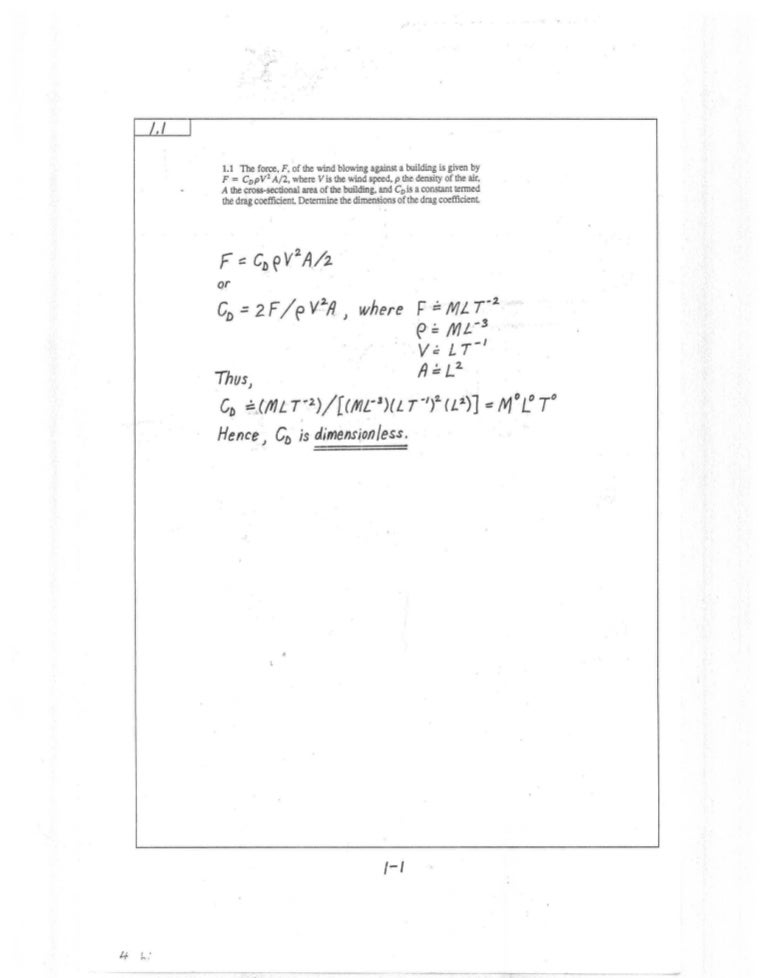

The purpose of this manual for FLUID POWER WITH APPLICATIONS is threefold:ġ. To provide the instructor with student-oriented learning objectives for each chapter.

In this way the instructor can better organize teaching strategies and testing techniques.Ģ. To provide the instructor with answers to textbook questions, which are, designed to give the student the necessary practice for understanding the important concepts and applications.ģ.

To provide the instructor with solutions to textbook problems, which are, designed to give the student the necessary practice for mastering sound problem solving techniques. Many of the textbook exercises (questions and problems) can be adapted directly for student testing purposes.Ĭonsiderable effort has been made to provide an instructor’s manual that is helpful to both the instructor and the student. However there is always room for improvement. I hope that this manual will help the instructor to more effectively use the Textbook so that he or she can provide the iii Therefore any suggestions for improving this manual are most welcome and are greatly appreciated. #Fluid power with applications 7th edition. Student with a better education in the vast subject of Fluid Power. This chapter introduces the student to the overall field of fluid power. It answers the question “What is fluid power?” and presents a corresponding historical background. Advantages and applications of fluid power systems are discussed in detail.

Emphasis is placed on the fact that fluid power systems are designed to perform useful work. A complete hydraulic system and a complete pneumatic system are individually presented with identifications of the necessary components and their functions. The fluid power industry is examined in terms of its bright, expanding future and the need for fluid power mechanics, technicians and engineers. This chapter deals with the single most important material in a hydraulic system: the working fluid. It introduces the student to the various types of hydraulic fluids and their most important physical properties. The differences between liquids and gases are outlined in terms of fundamental characteristics and applications. Methods for testing various fluid properties (such as bulk modulus, viscosity, and viscosity index) are presented. The student is introduced to the concepts of pressure, head and force. Units in the Metric System are described and compared to units in the English System.


 0 kommentar(er)
0 kommentar(er)
